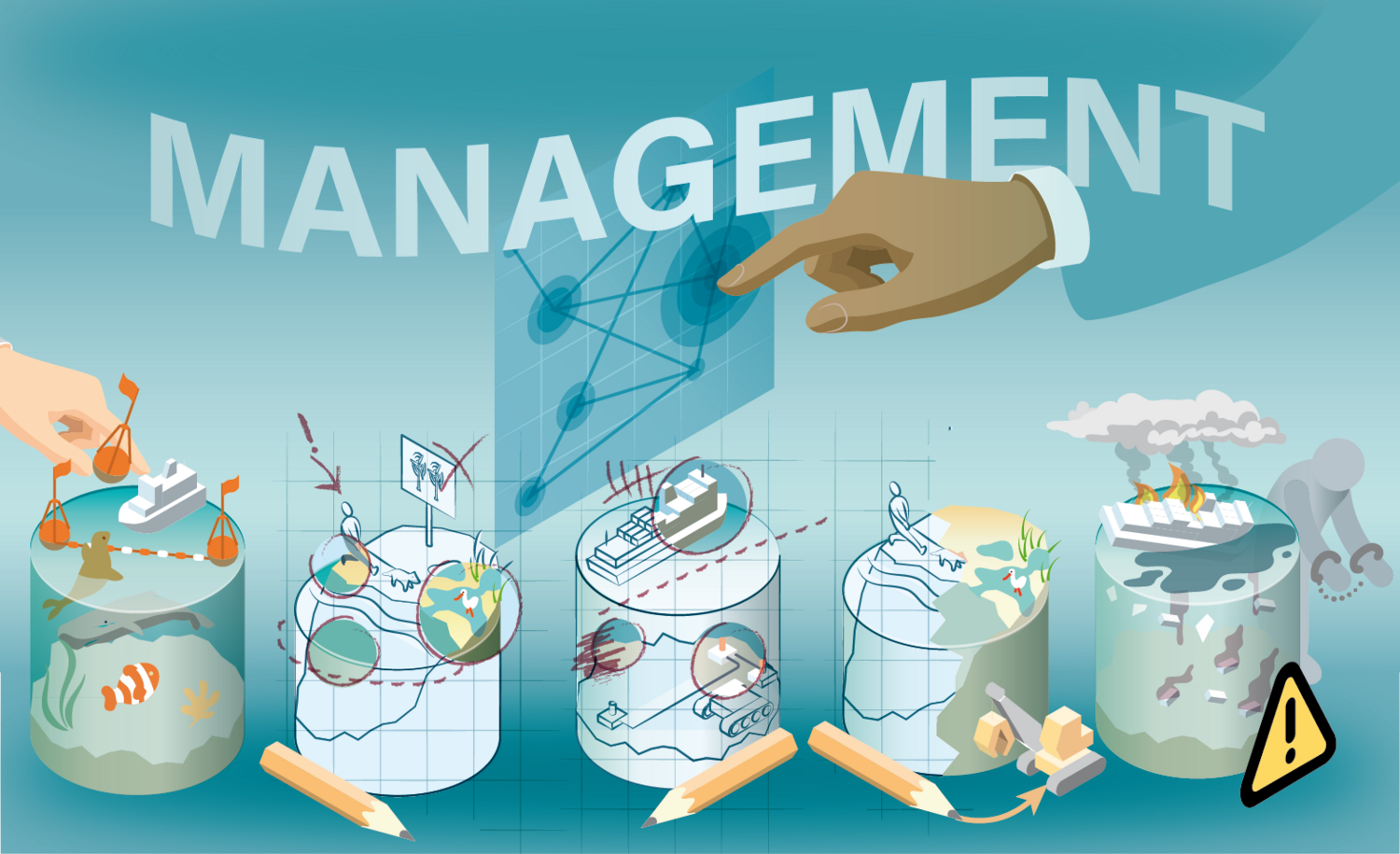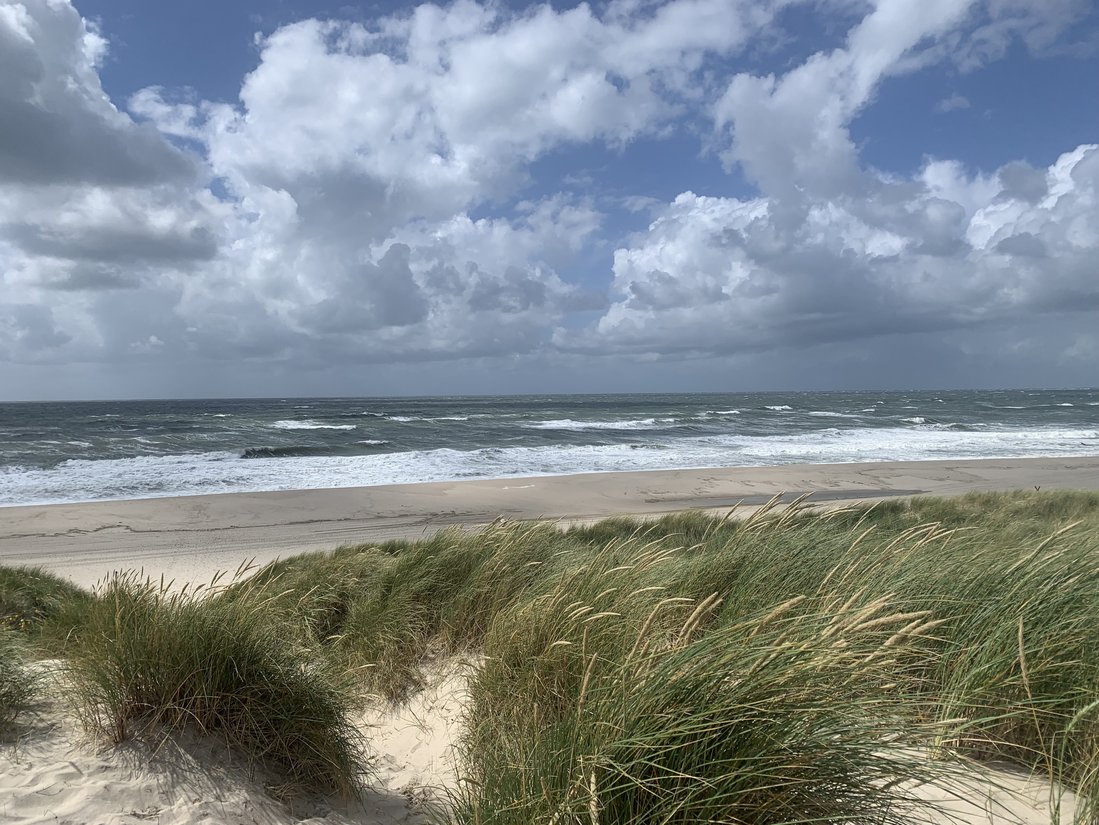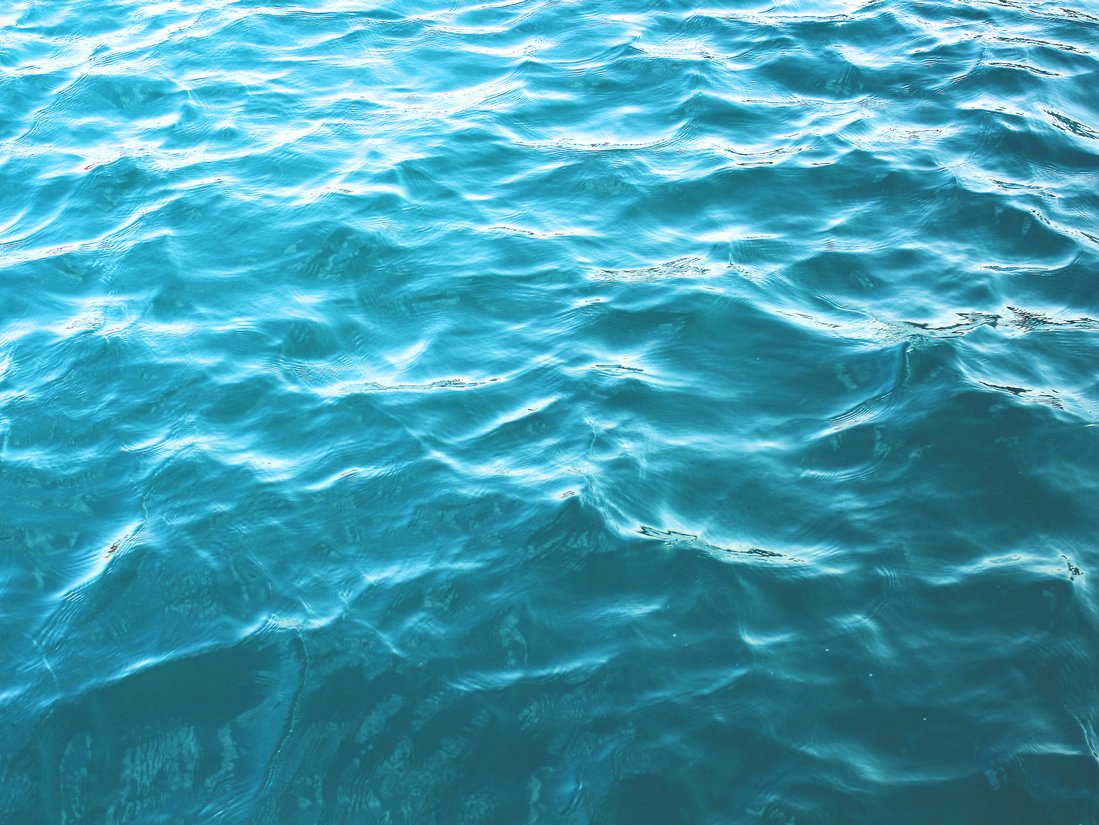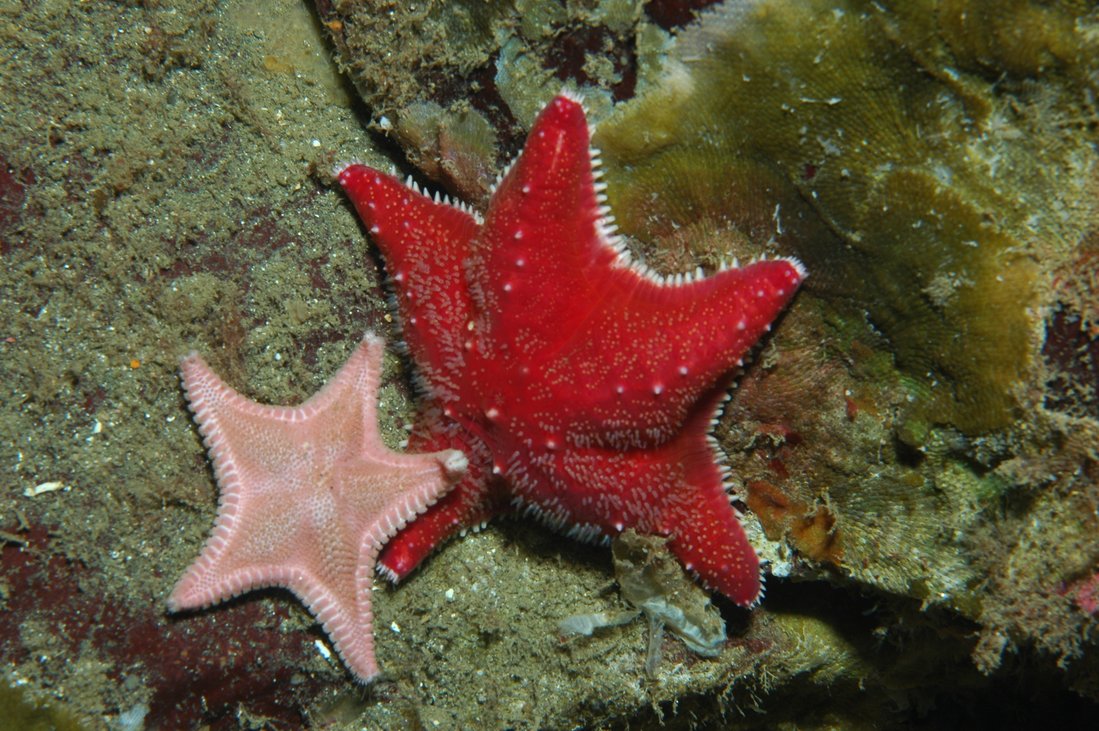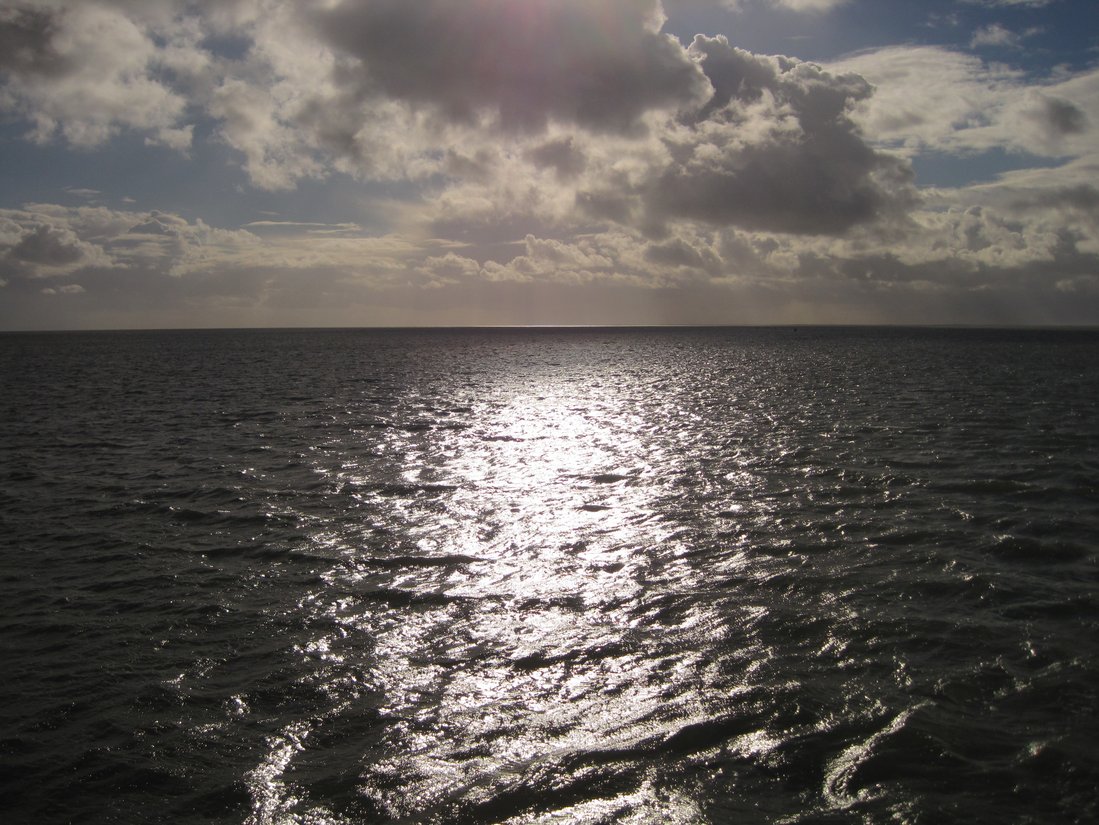A good marine management is a complicated task. It can only be successful if all groups of interests closely work together. Economy, politics and those directly affected on a local basis must have a common understanding of how to deal with the sea. At the same time, there are always many different interests and goals involved that need to be addressed. National and international agreements are the legal basis of marine protection. However, it must be lived and implemented by all stakeholders.
The implementation of an efficient marine management is very challenging due to a lack of community spirit and control as well as fragmented and unclear responsibilities. What does the international regulation of seas and oceans actually look like?
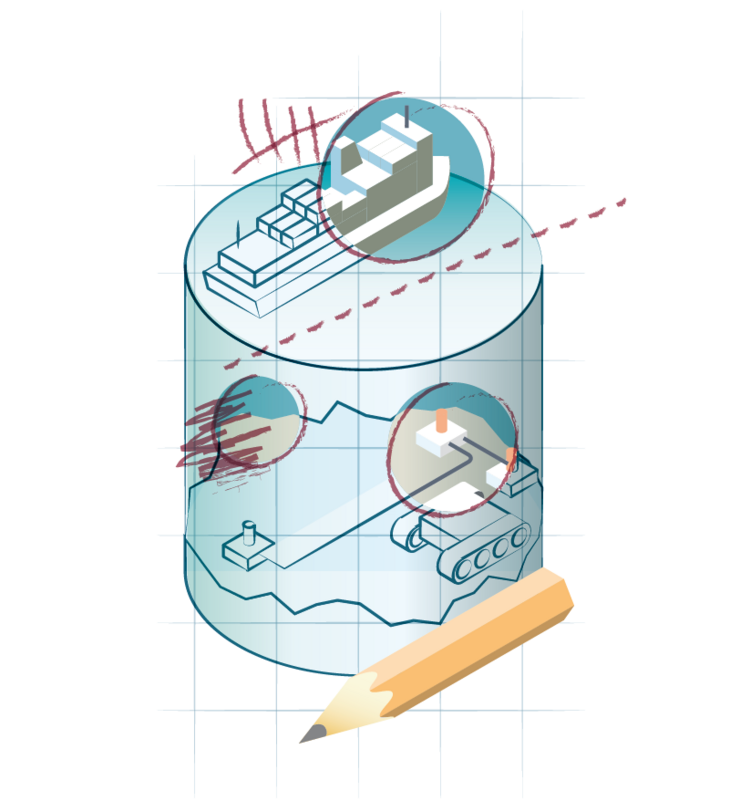
The agreement distinguishes between international waters and marine areas, in which the individual coastal states are responsible for. Therefore, they can also decide on the use and designation of marine protected areas. This decision-making authority extends to the waters off their own coast - from land up to 200 nautical miles out towards the open ocean.
Beyond the 200 nautical mile zone is the area called the high seas. Its water column and the seabed below are part of the "common heritage of mankind". This means that no one may claim to own these marine areas. Thus, the states of the world can only decide together on the protection and use of international waters.
Balancing the use and the protection of the oceans
For a long time, protecting the oceans primarily meant preventing pollution and regulating fishing activities and the removal of marine resources. Several marine protected areas have been established for this purpose although their protection standards vary greatly and very often, they only exist on paper.
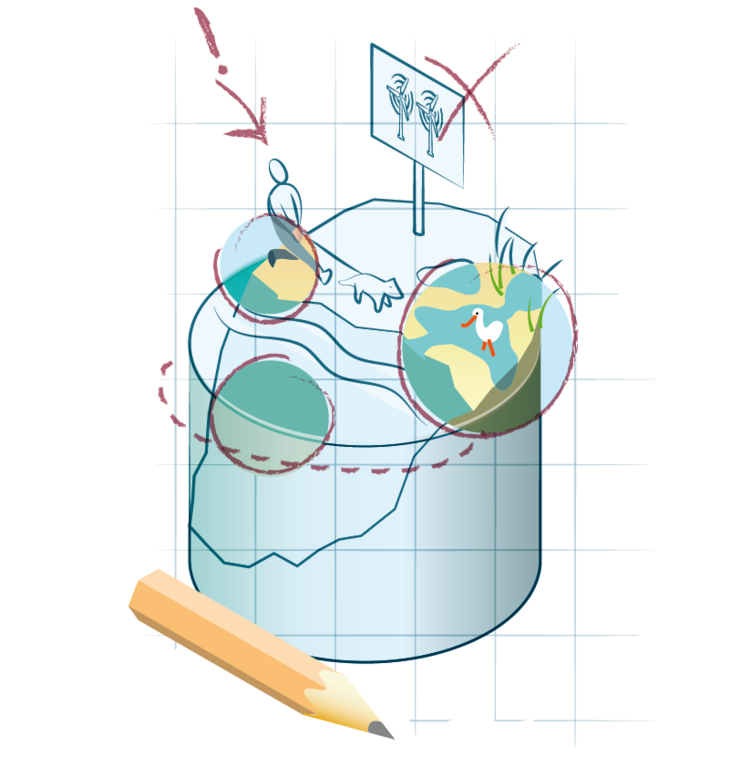
However, the understanding of marine conservation has changed. New conservation concepts aim to adequately fulfil the needs of people and nature. Nevertheless, marine conservation remains a much-discussed topic, primarily because human demands on the ocean's resources are increasing. Whereas in the past, the main resources used fish, sand, oil and natural gas deposits. Nowadays, genetic resources and ore deposits in the deep sea have also become of great interest. The new international agreement on the protection of the high seas regulates the scope of action for all stakeholders.
Marine policy in Germany
Some of the conflicts described can be observed in the North and in the Baltic Sea. The marine spatial plan for both seas must reconcile many interests: shipping, Shipping, offshore activities, military areas, fishing, and marine conservation: all demand space.
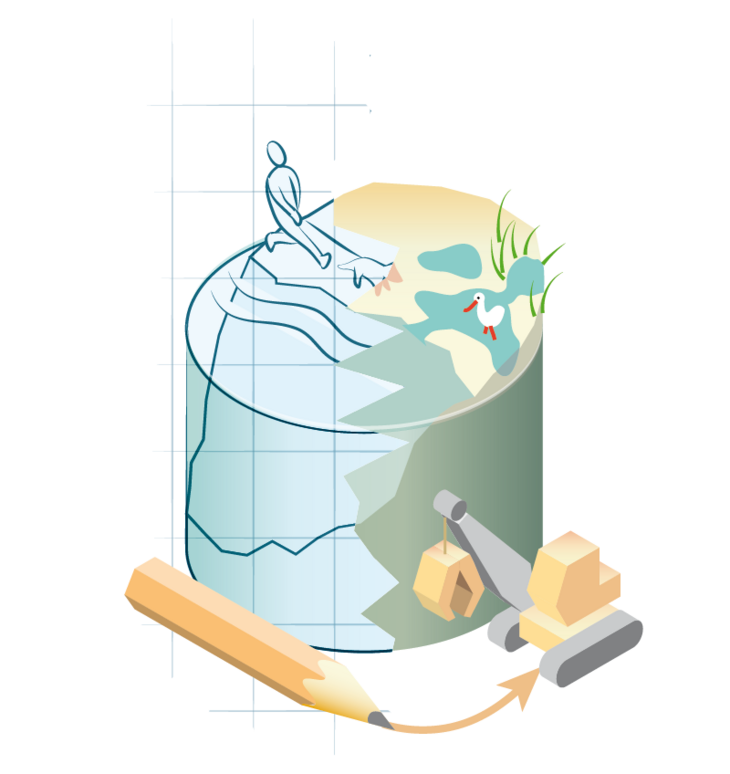
These different usage claims lead to conflicts of interest. Additionally, there are different responsibilities of state authorities of the coastal states, federal authorities, the European Union, and multilateral institutions that work on specific topics, such as the Helsinki Commission (HELCOM). HELCOM is an organization where six Baltic Sea coastal states jointly promote the restoration and preservation of an ecological balance in the Baltic Sea.
Even if marine management is complicated and challenging, it is urgently necessary to bring the use of the ocean into harmony with effective marine protection measures. Only sustainable use can preserve the biodiversity and ecosystems of the oceans – and with them, the ecological services that are the basis of life and simultaneously the foundation for economic management.



